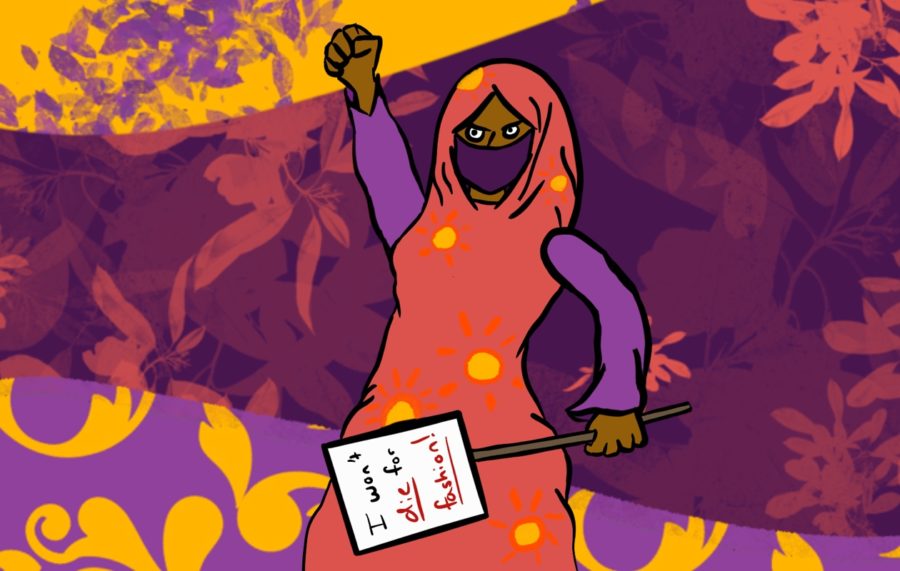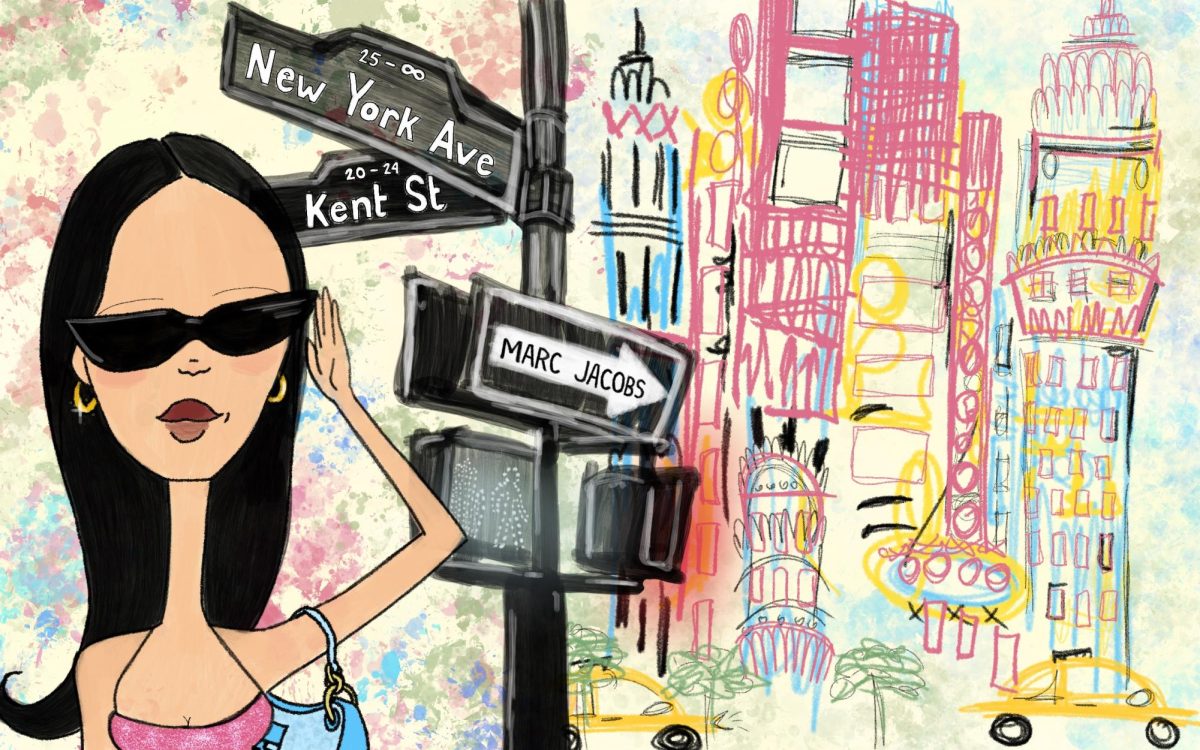Fashion evolves and adapts to the environment around it. Since the Covid-19 pandemic hit last year, the industry has been acclimating to this massive change.
According to Mckinsey & Company’s Covid-19 Consumer Pulse Survey, 56% of consumers in the U.S. said they are cutting back on their spending. Due to the financial strain of the last year, which was brought on by unemployment and inadequate federal aid, American shoppers are spending less on non-essential items. These financial limitations combined with anticonsumerist ideals has led to a decline in spending, according to a report by Business of Fashion. This has gone hand-in-hand with the minimalist movement of the last few years, including the rise of the capsule wardrobe. As fast fashion continues to decline, spending less money, less often, on less clothes is becoming the new norm.
This also means that consumers are being more deliberate about what they spend their cash on. Before the pandemic hit, consumers (especially Gen Z) had already been trending toward sustainable fashion. They were choosing to buy secondhand to avoid fast fashion and eliminate landfill waste, boycotting companies that underpay their factory workers, and make purchases from sustainable labels that produce clothes using less water and recycled fabrics. The pandemic was the final nail in fast fashion’s coffin.
Now, consumers are using the money they have to support ethical and environmentally conscious brands. According to another McKinsey survey, 15% of consumers in the U.S. plan to buy more sustainable clothing. In a country where debt and unemployment rates are high, people are more likely to spend the money they have on items they know are sustainable.
Another aspect of sustainability that Covid-19 highlighted was the struggles of garment workers. The #PayUp campaign has been fighting for fashion companies to pay their garment workers in countries such as Bangladesh for their work during the pandemic. This organization has even compiled lists of brands that have not paid their workers and those who did after they were protested. As the pandemic shines a light on the darkest corners of the fashion industry, more and more consumers are holding these brands accountable and boycotting them if they refuse to improve.
As the world grows in spite of the pandemic, so does fashion. The business has begun shedding what does not serve it anymore — department stores, fast fashion and overpriced apparel. The fashion industry will continue to rebuild what has fallen apart, hopefully improving for the better.
SUPPORT STUDENT MEDIA
Hi, I’m Maria McGinnis, a senior journalism student from Stow, Ohio. I’m also the editor in chief of A Magazine. My staff and I are committed to bringing you the most important and entertaining news from the realms of fashion, beauty and culture. We are full-time students and hard-working journalists. While we get support from the student media fee and earned revenue such as advertising, both of those continue to decline. Your generous gift of any amount will help enhance our student experience as we grow into working professionals. Please go here to donate to A Magazine.


















